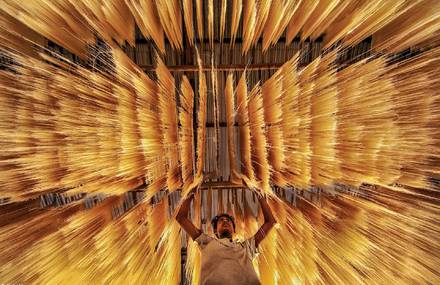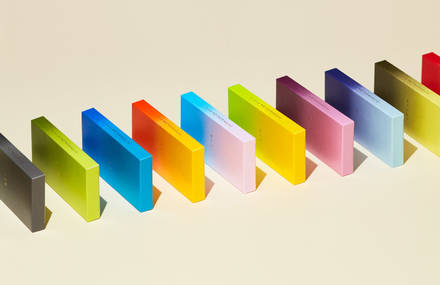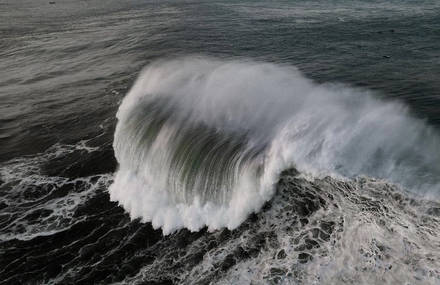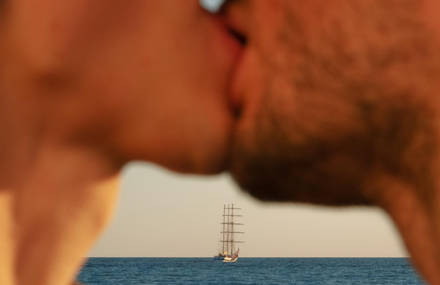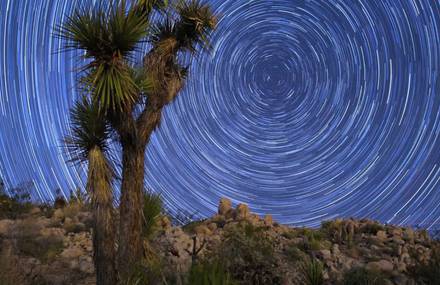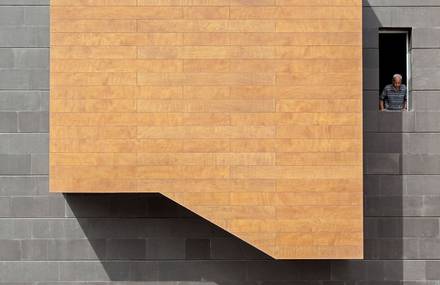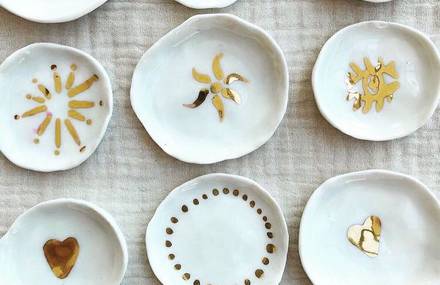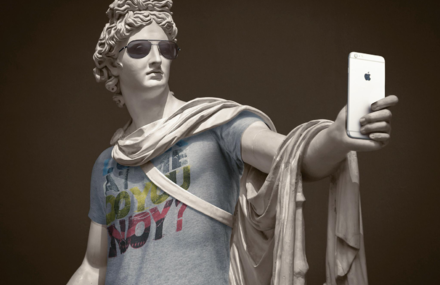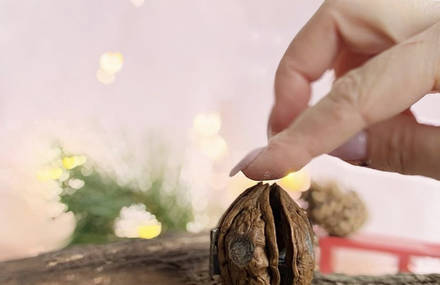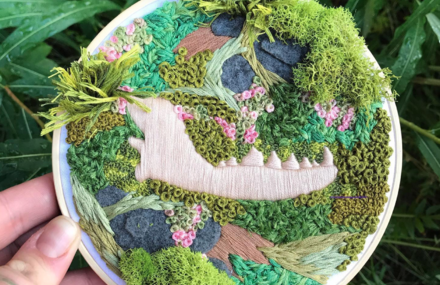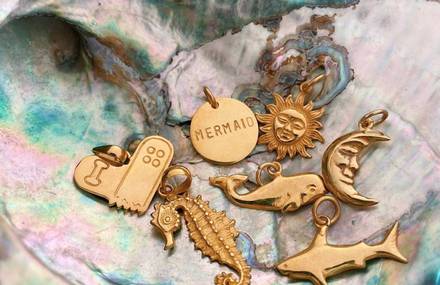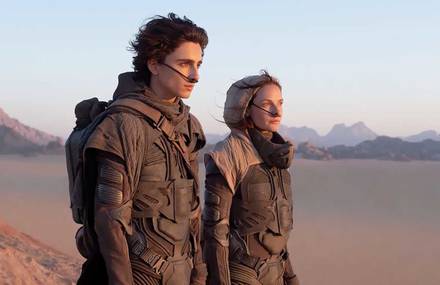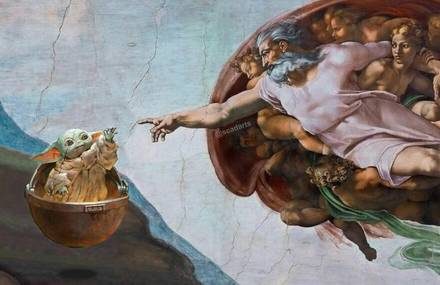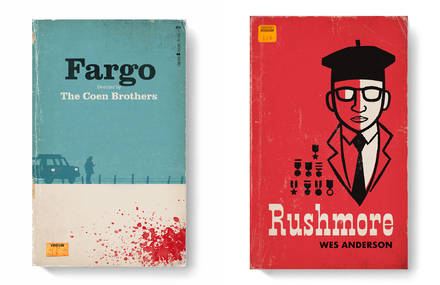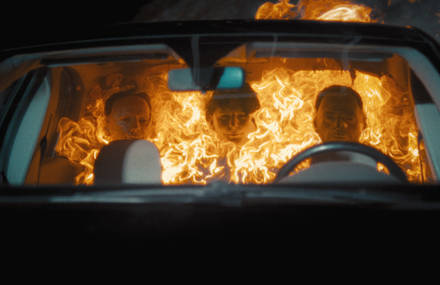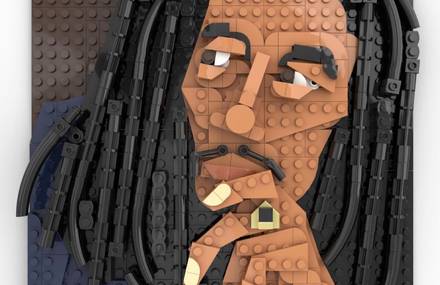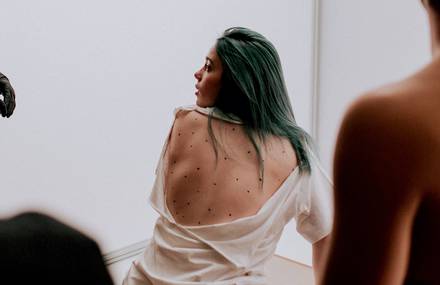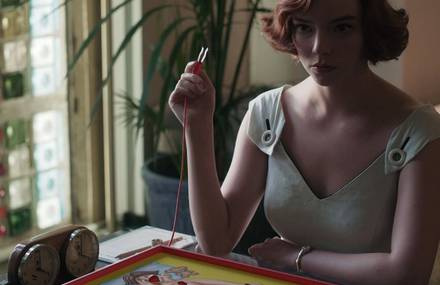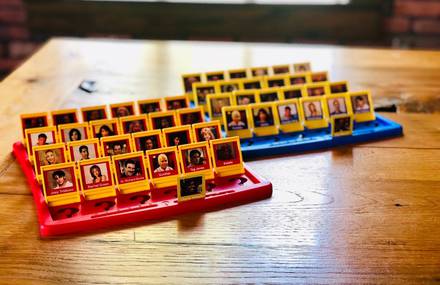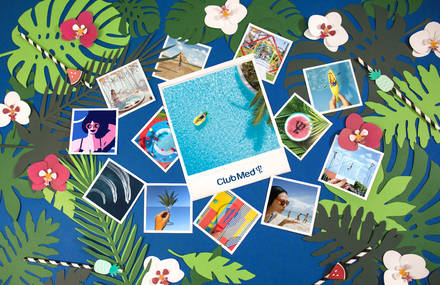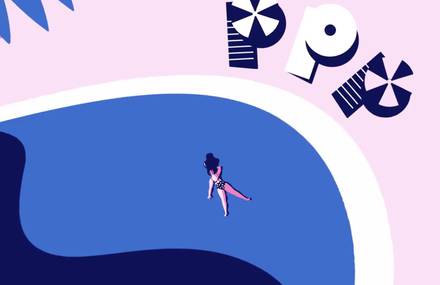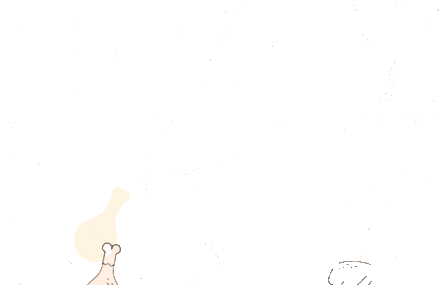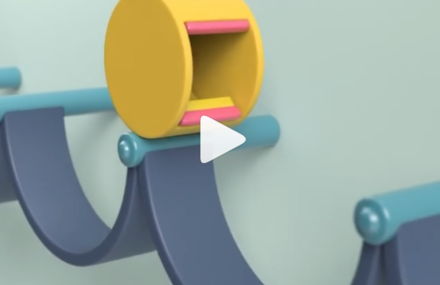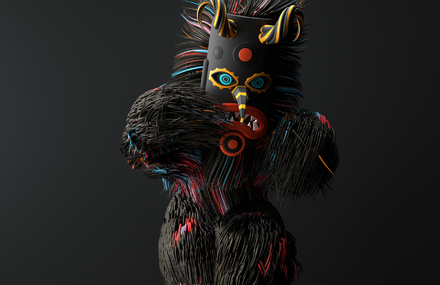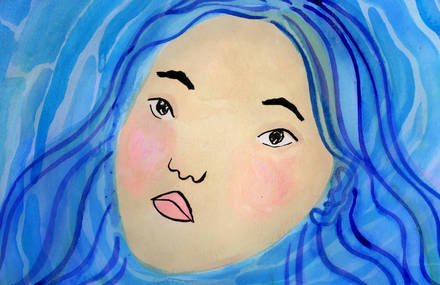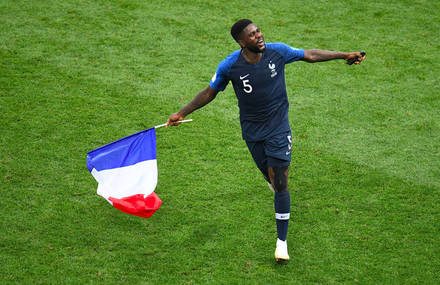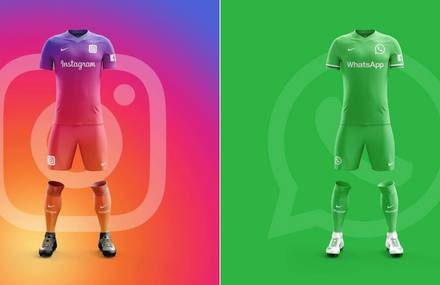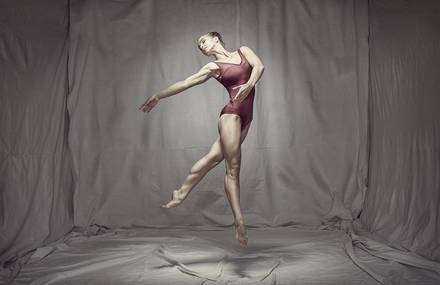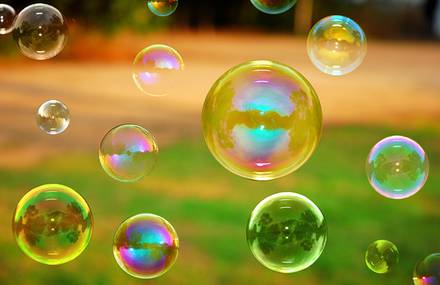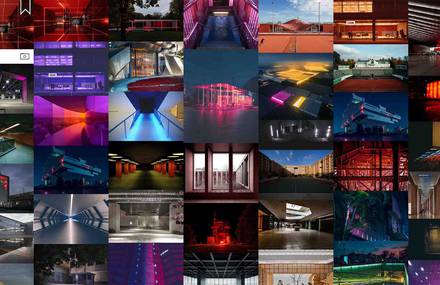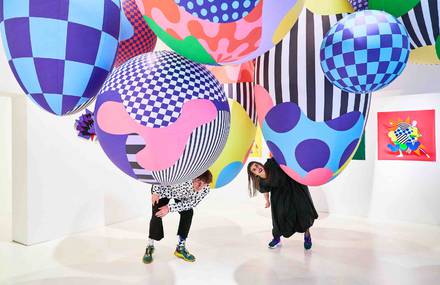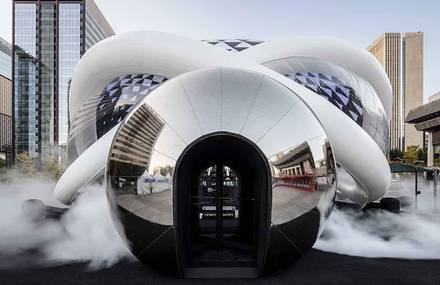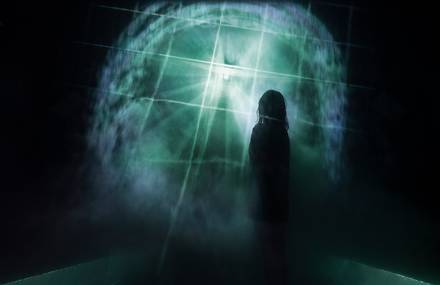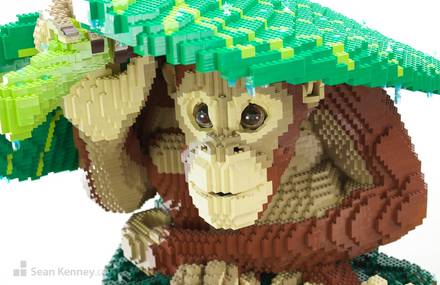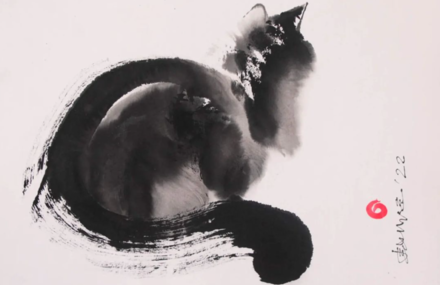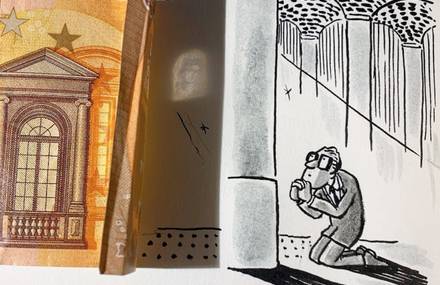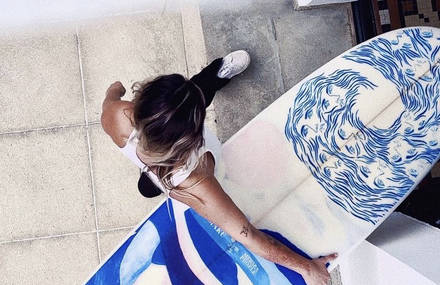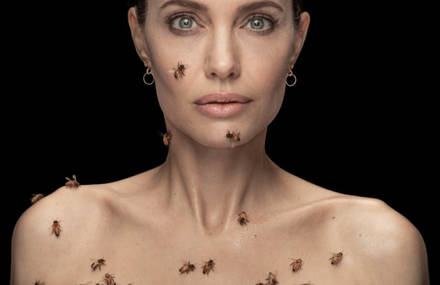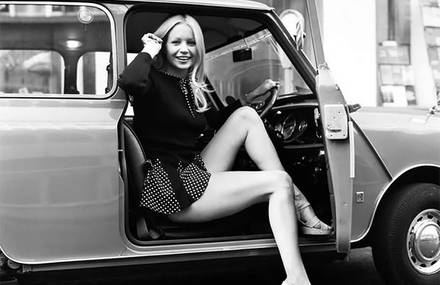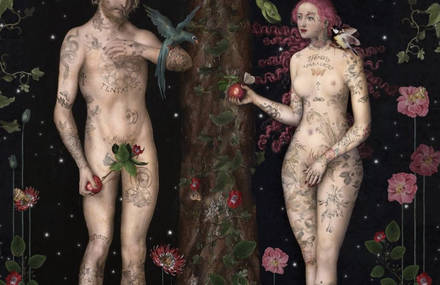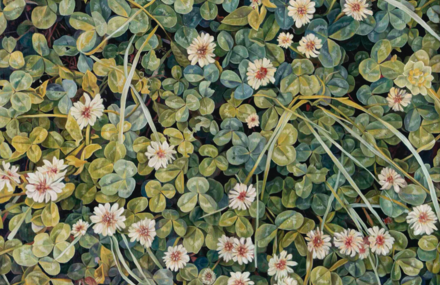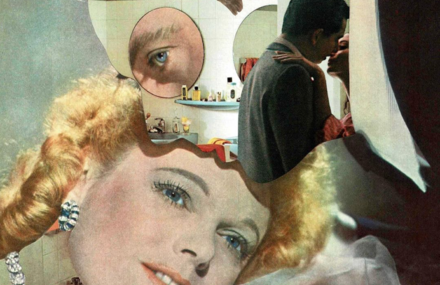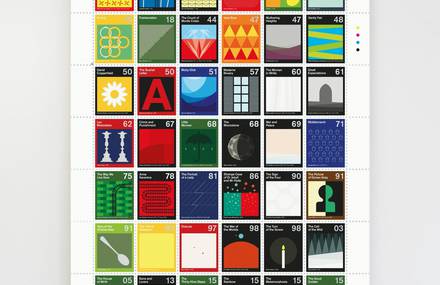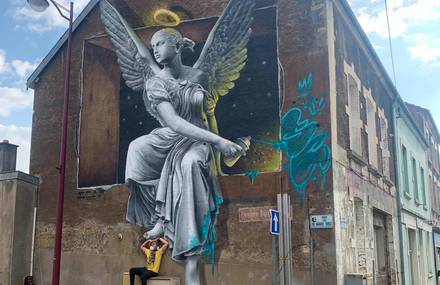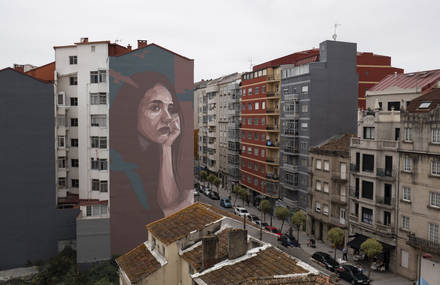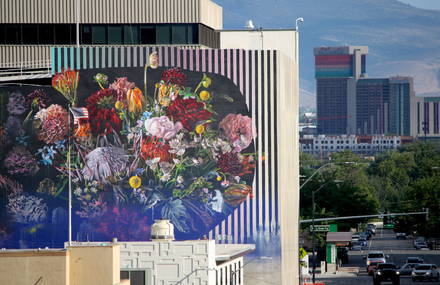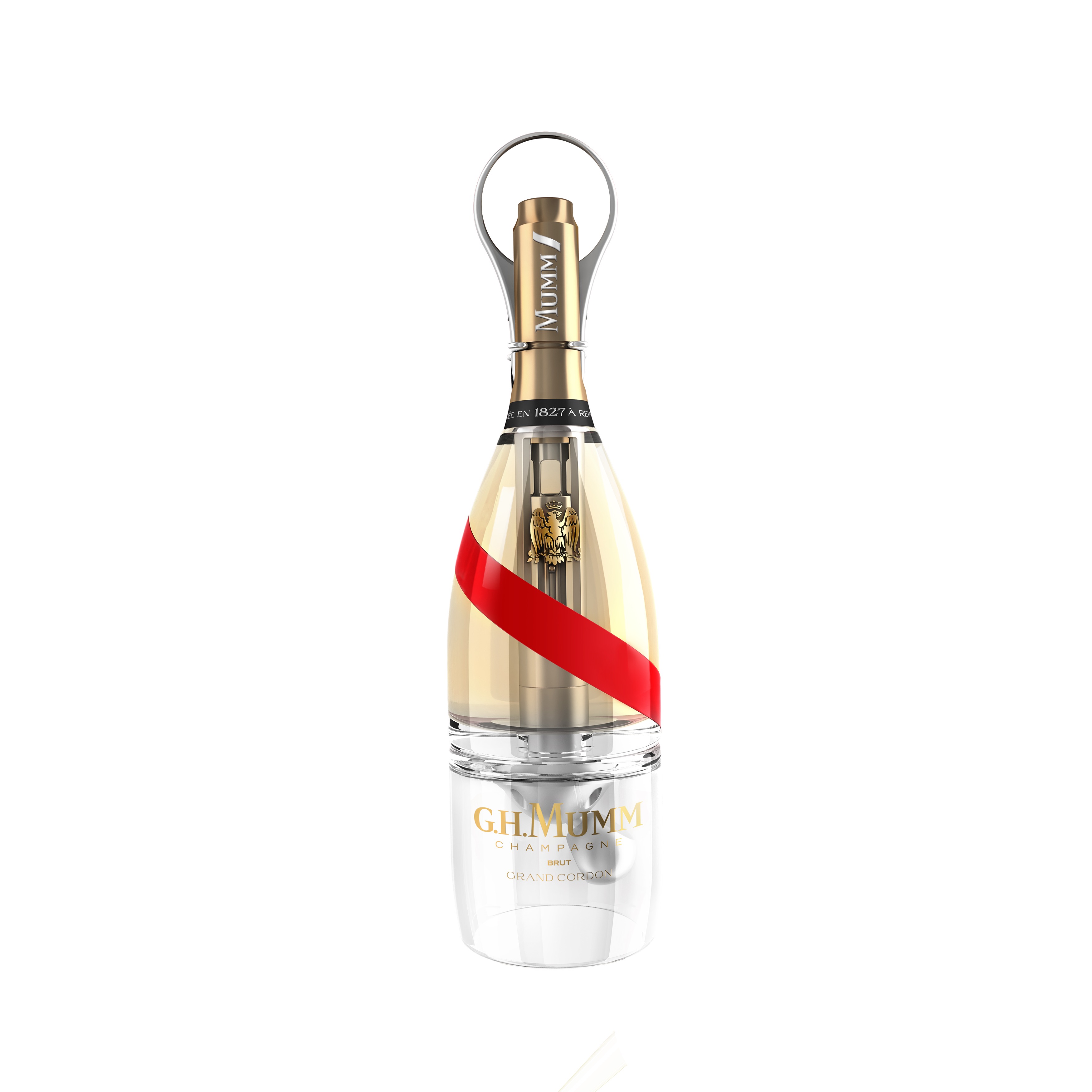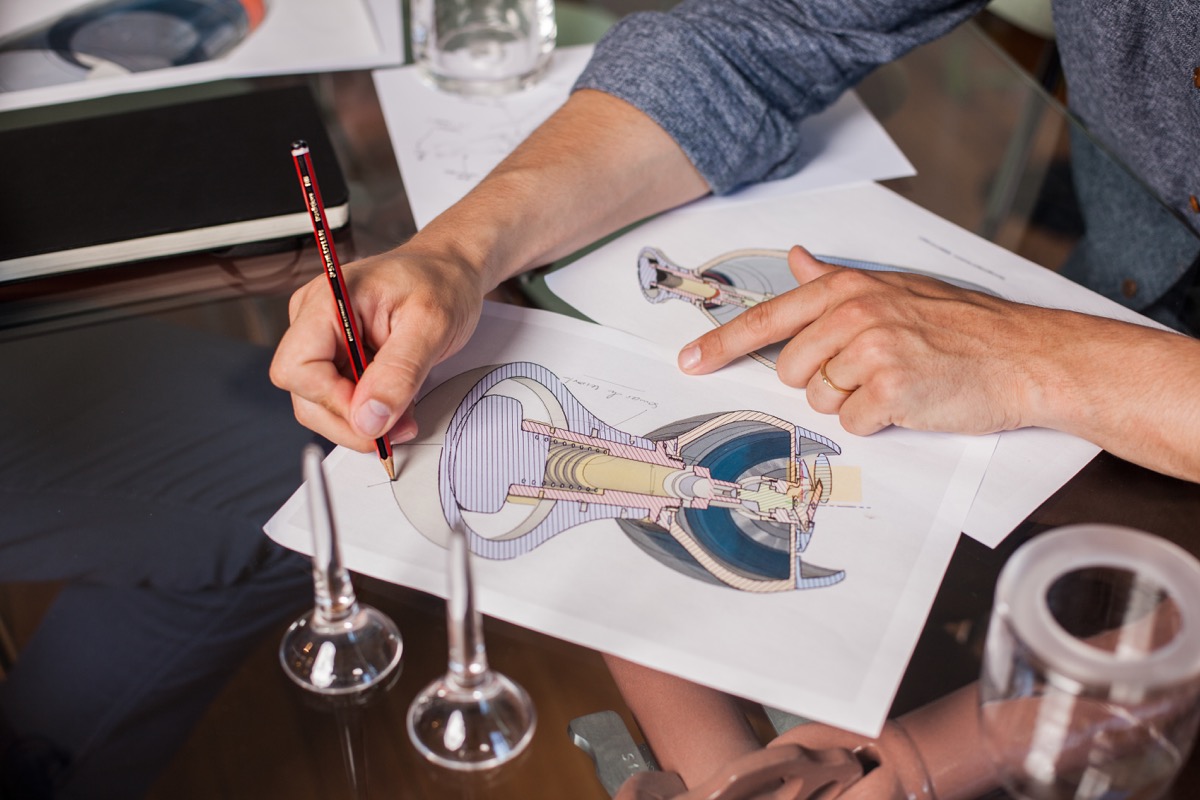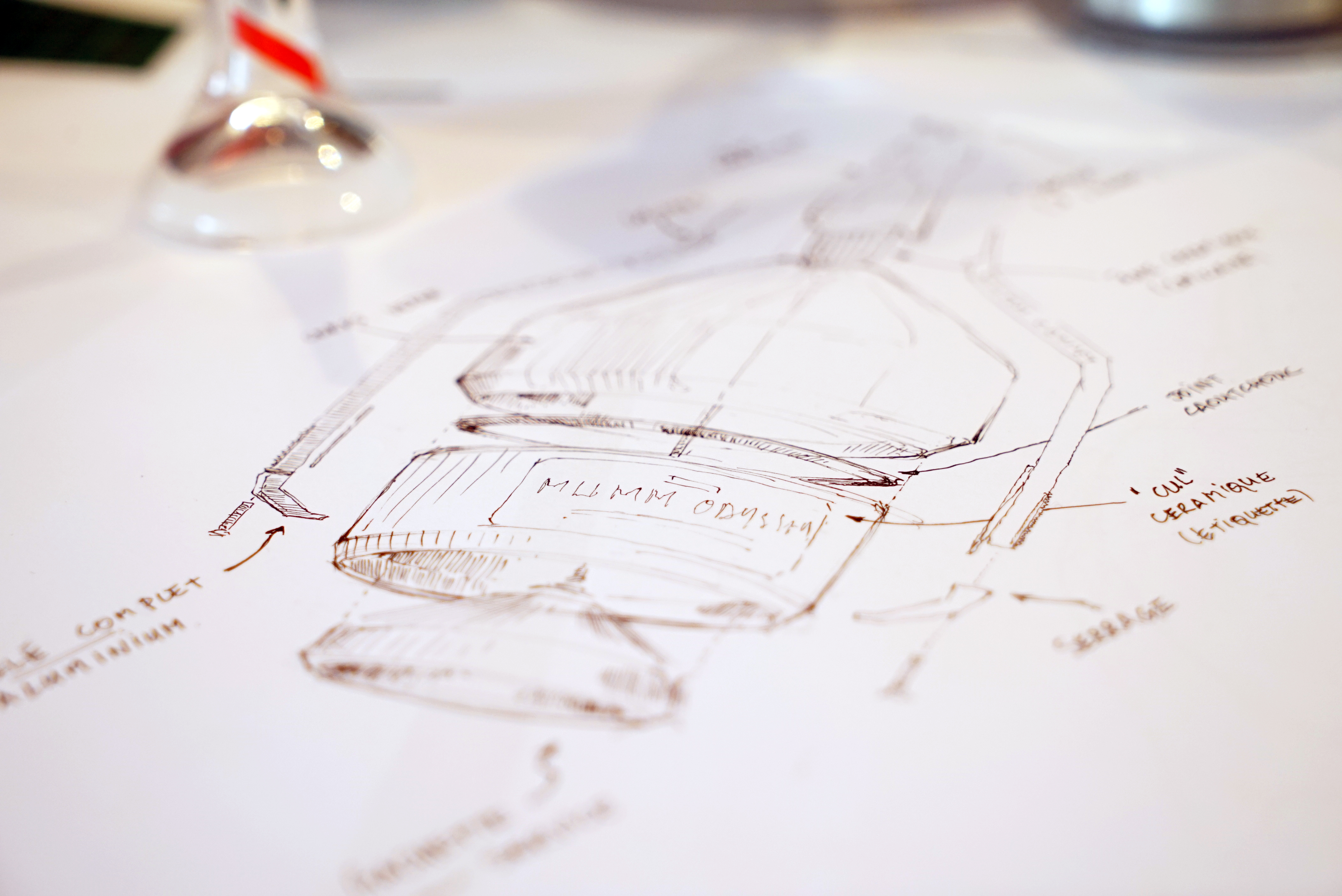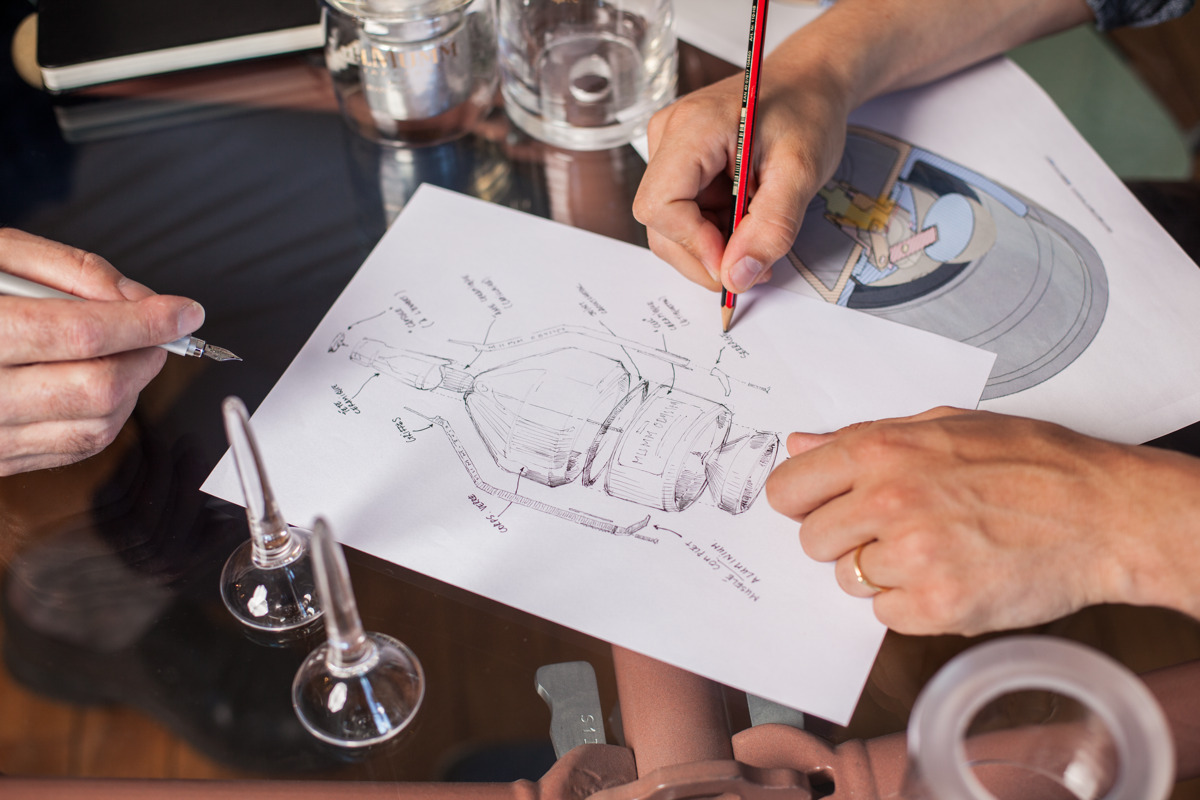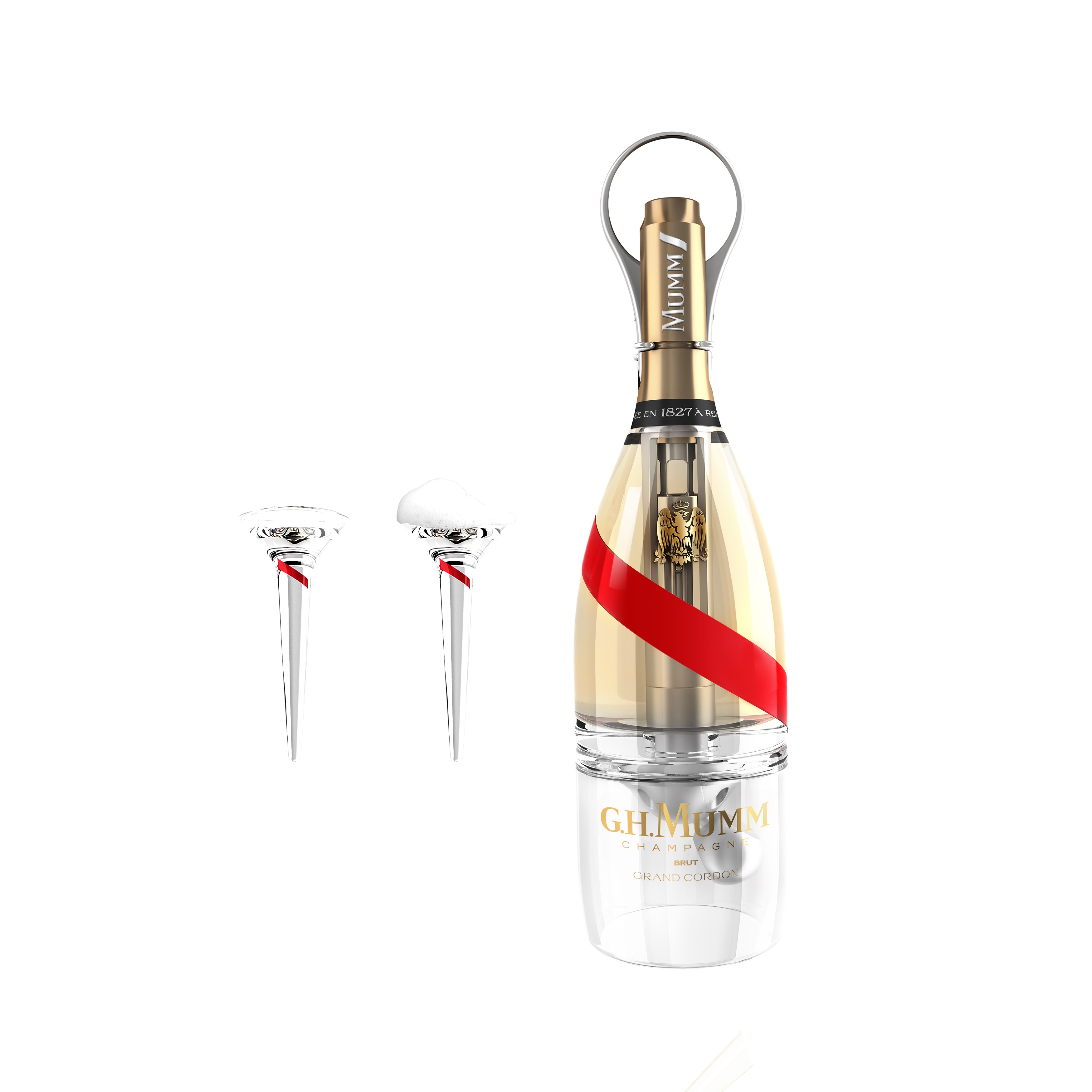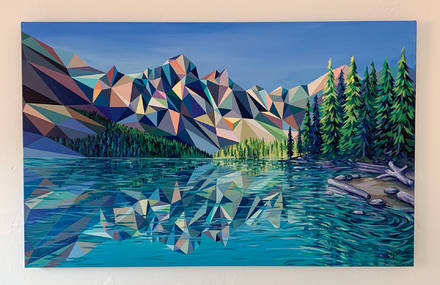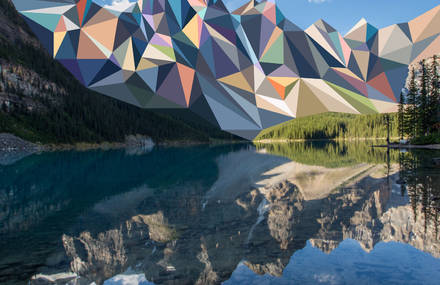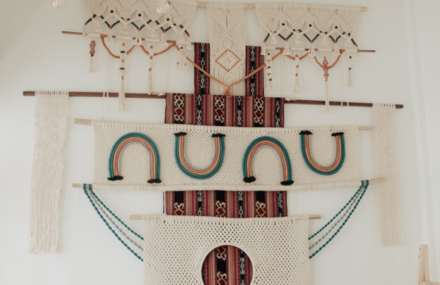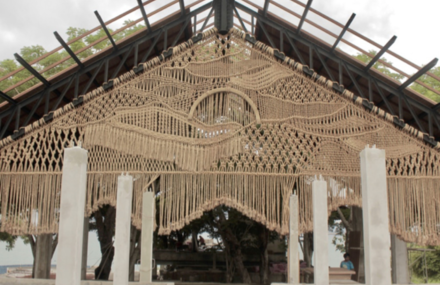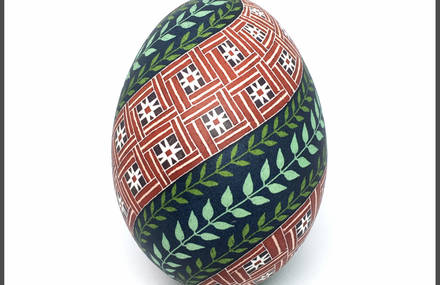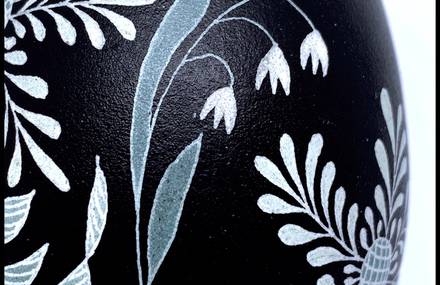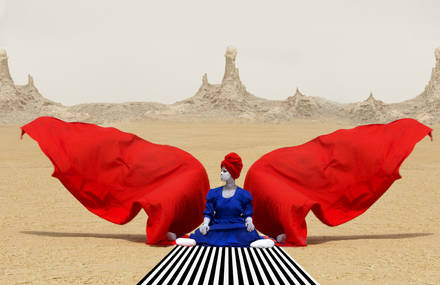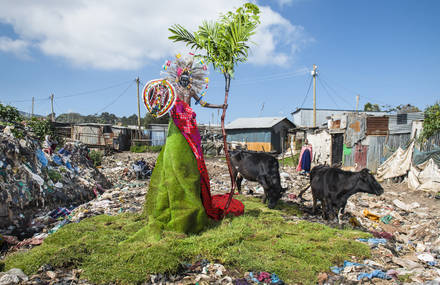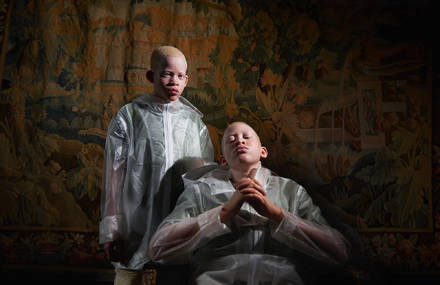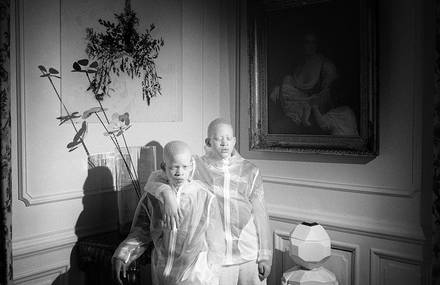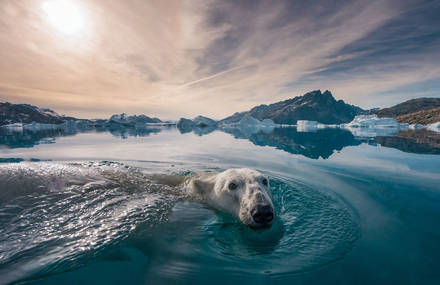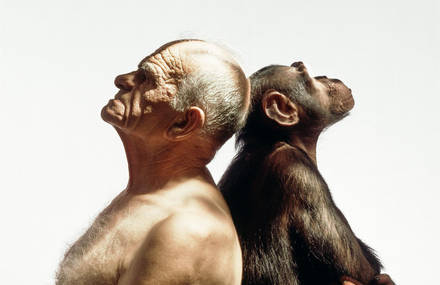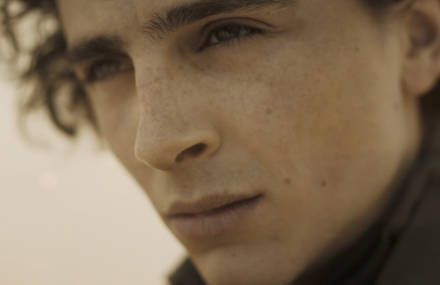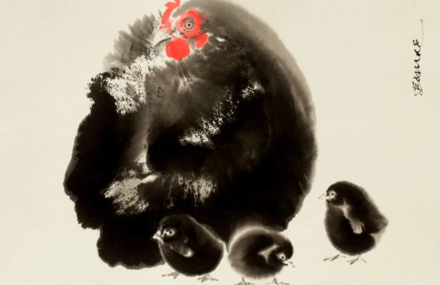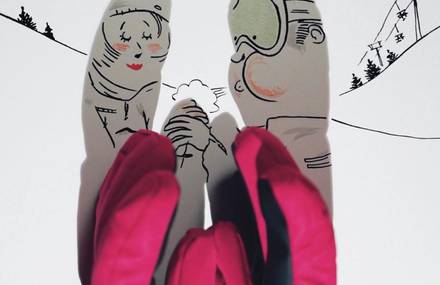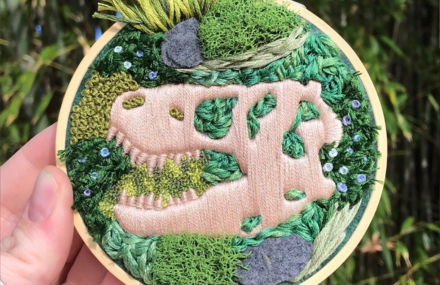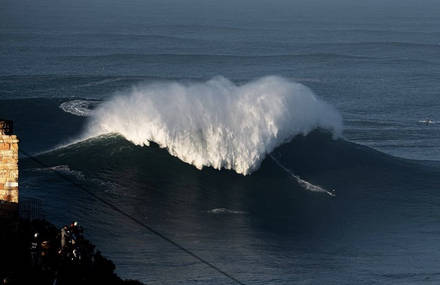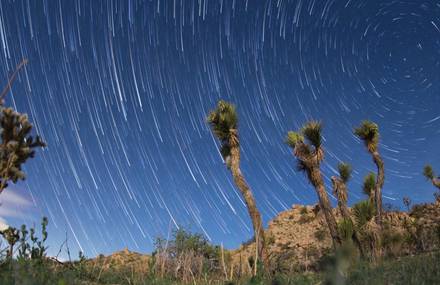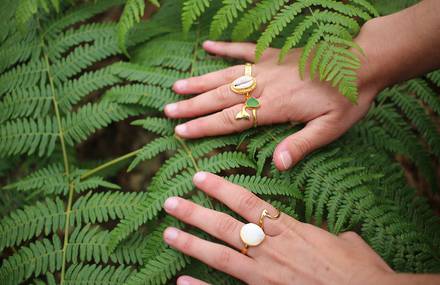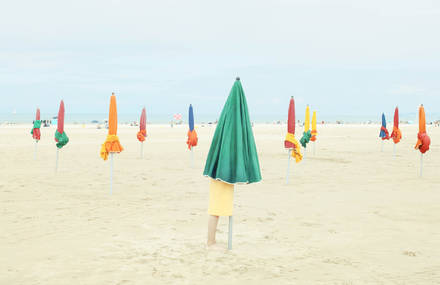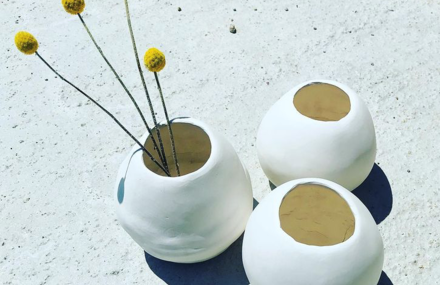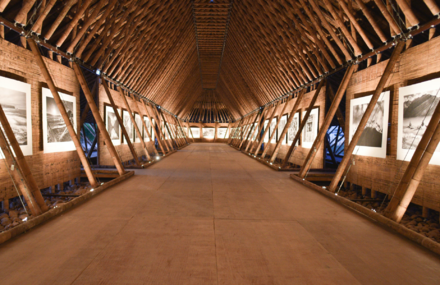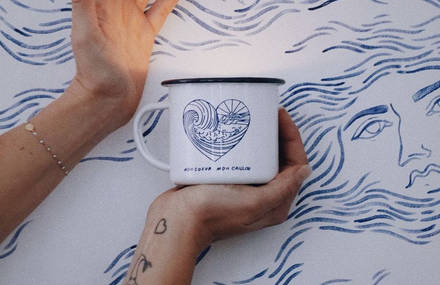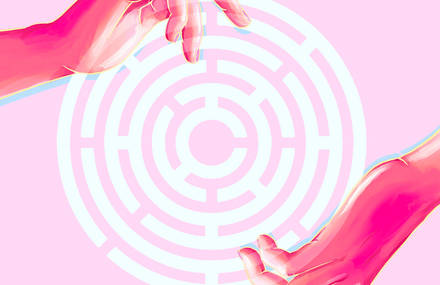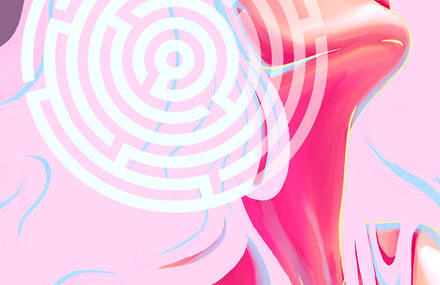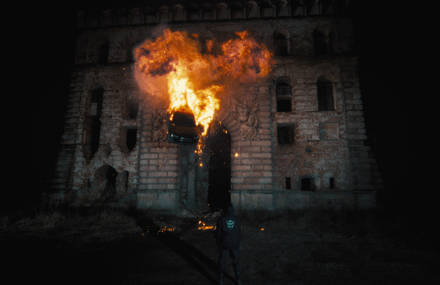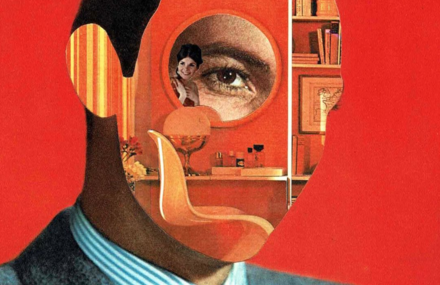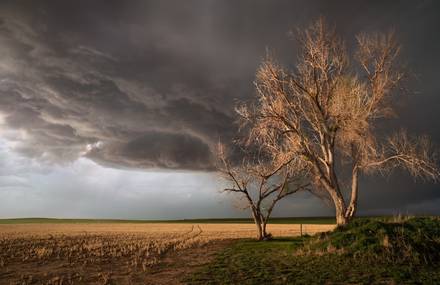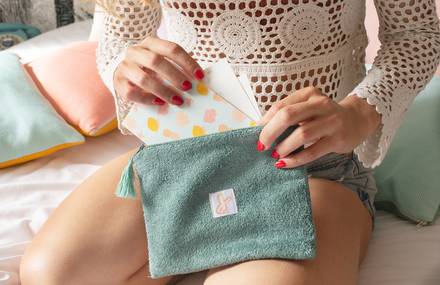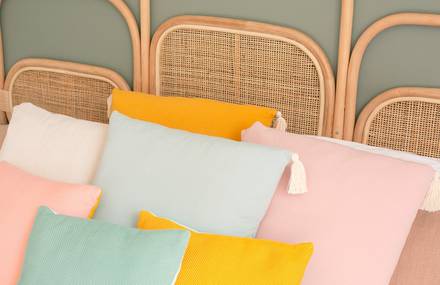The Champagne House Mumm has created a strong link with space for several years. In 1981 already, Gerard de Ayala, director of communication Mumm, was involved in the progress of the space conquest. He met and handed a box of Champagne to Robert Grippen, the first pilot of the Columbia shuttle and John Watt Young, commander of Columbia and twelfth man to have walked on the moon, during their visit to Paris in June 1981 on the Paris Air Show.
True to its avant-garde heritage, the Maison has pushed tradition to the forefront of technology by partnering with Octave de Gaulle, founder of SPADE, one of the few European space design companies. Together, they created Mumm Grand Cordon Stellar: the first champagne that can be enjoyed in zero gravity by astronauts and all space travelers. Mumm Grand Cordon Stellar will be appreciated in future commercial space flights.
Mumm also worked with scientific experts as of Jean-François Clervoy, French astronaut and space mission veteran with NASA and Gérard Liger-Belair, a world-renowned researcher specializing in the physico-chemistry of effervescence champagne. With the knowledge of these two seasoned and enlightened minds, Mumm was able to understand the behavior of champagne when gravity is absent.
We had the opportunity to talk with the bottle designer Mumm Grand Cordon Stellar, Octave de Gaulle, to enter the heart of this innovative and original creation.
ubiz: Can you introduce yourself and reveal your universe in a few words?
Octave de Gaulle, 31 years old, designer. For almost 5 years I have been trying to understand how to draw functional and relevant objects to accompany space travelers. I’m not an engineer, it’s really the relationship between people and the shapes that surround them that interests me and that I study in the exciting context of weightlessness. Otherwise my office is filled with models of old planes, which remind me of this time of the pioneers where we were looking for the best form that would allow us to fly! I’m looking for the best forms to live up there …
What were the factors that led you to take up this creative challenge?
Following my studies, I asked myself about the comfort and the ergonomics of space shuttles of the future. For me, it is obvious, the next passengers in the direction of the space will be tourists and it is necessary already to think of their uses in this new environment.
My work on the subject has already been the subject of an exhibition at the Museum of Decorative Arts and Design (MADD) in Bordeaux in 2016. A scale model of a space shuttle for these tourists of the future was on display.
In 2015, while my bottle of wine passed the test of zero gravity flights successfully, I founded Spade with Matthew Sindall, my former diploma director at ENSCI. This design studio is dedicated to the design of objects capable of traveling in space.
I meet Mumm and Jean-François Clervoy at the same time, this is the beginning of the project Mumm Grand Cordon Stellar. With a first study of the properties of champagne with Gérard Ligier-Belair, then confrontation of the first hypotheses in flight with the first flight zero-G in April 2017 … Four flights between 2017 and 2018 with each time improvements.
You were surrounded by two scientific experts, Jean-François Clervoy and Gérard Liger-Belair. How did this close collaboration take place?
Jean-François Clervoy participated in the development of the project very early, and with great enthusiasm. It is a chance to have the informed opinion of an astronaut but also of an engineer!
He is the first to have flown Mumm champagne in a plastic bag to observe the behavior of bubbles, before our first test.
He is very playful, and immediately liked to fly with us and catch the champagne balls that did not always fly where we wanted at the beginning.
Surprisingly, I had read the reference book on Gerard Liger-Belair’s younger champagne, during my Bac S, and it is extraordinary to find this great specialist much later in my professional life.
At first, we traded speculating on how the champagne could behave in zero G. A question that fascinated us both for different reasons. He finally accompanied us to observe the experience himself. We got along very well and had great pleasure to taste together in zero G (and later on Earth). He is a scientist who knows how to speak to the layman, and I, the opposite, a layman who knows how to speak the language of scientists.
Quels ont été les obstacles et les difficultés à contourner ?
It is impossible to pour liquid in weightlessness, so it is necessary to other forces to push the liquid out of the bottle is the phenomenon of capillarity. The champagne is gaseous, so it does not react in the same way to the absence of gravity. The solution was to use the gas to get the champagne out of the bottle. It was also necessary to succeed in “catching” the liquid once out of it.
Can you tell us more about the choice of materials used and the design of the bottle and cups?
The ring at the top of the bottle of Mumm Grand Cordon Stellar serves to hold the cap in place, it plays the role of the current muzzle and is inspired by the staples used formerly. Once the bottle is open, this same ring will serve the champagne. We press the control located in the bottom of the bottle and the champagne collects in the ring where it remains in suspension. When the quantity is sufficient, a dry movement of the wrist will release the champagne ball held by the ring.
All materials make sense in this bottle.
Glass is used for the preservation of champagne. Stainless steel is in contact with champagne, as in the tanks of Mumm. Aluminum is used in space and elsewhere for its lightness, durability, machining capabilities and shaping.
The flute is made of glass, because it is the best material for the champagne but also for the contact with the mouth, neutral to the taste.
Its shape is that of a classical flute to which the useless parts have been removed, the foot (useless in zeroG) and the vase, which no longer has to hold the liquid since it stands alone.
How long did you reach this final result?
Two and a half years, three test flights, more than twelve minutes of weightlessness were needed to complete this project.
If you had to summarize this project in one sentence, what would it be?
After flying aboard the A310 zero G with Jean-François Clervoy, took the best sommelier in Europe to taste champagne in weightlessness, ran against Usain Bolt in lunar gravity, I would say that we must believe in projects that sometimes seem the most unlikely, we really do not know how far they can take us!
